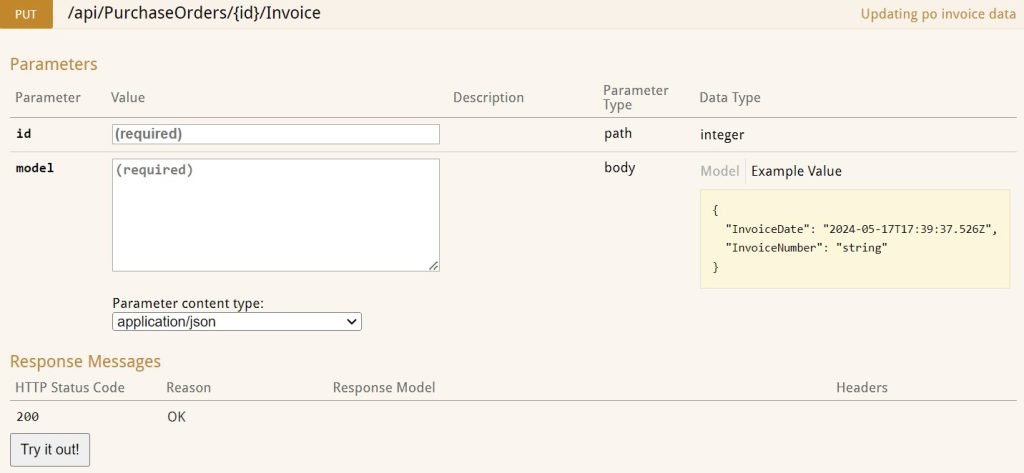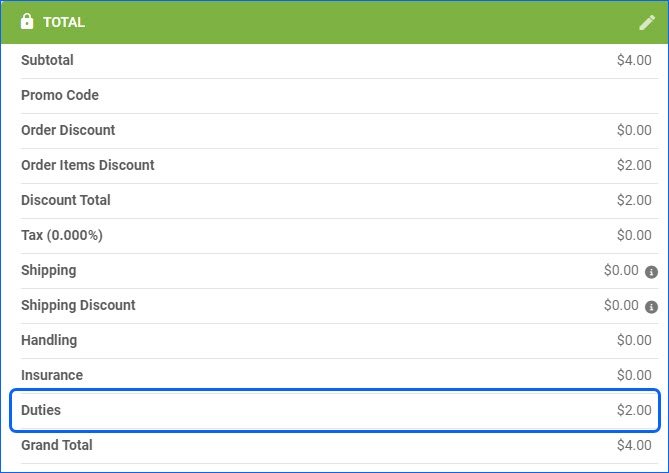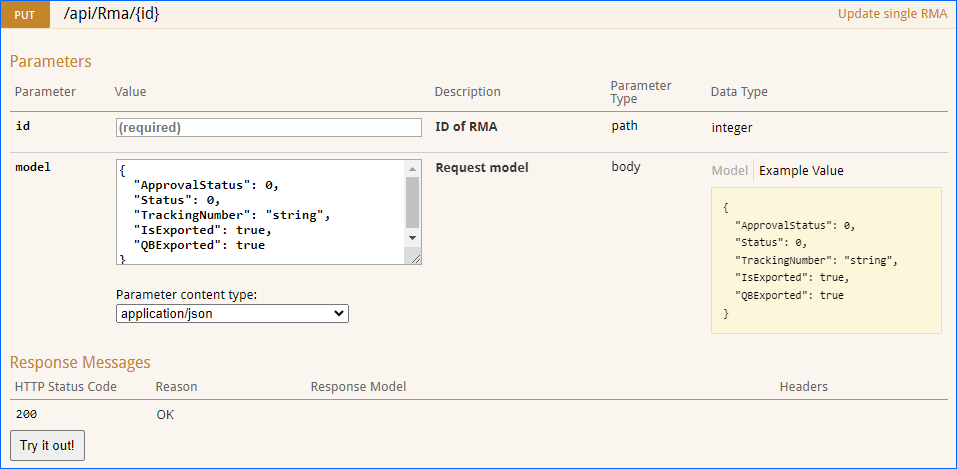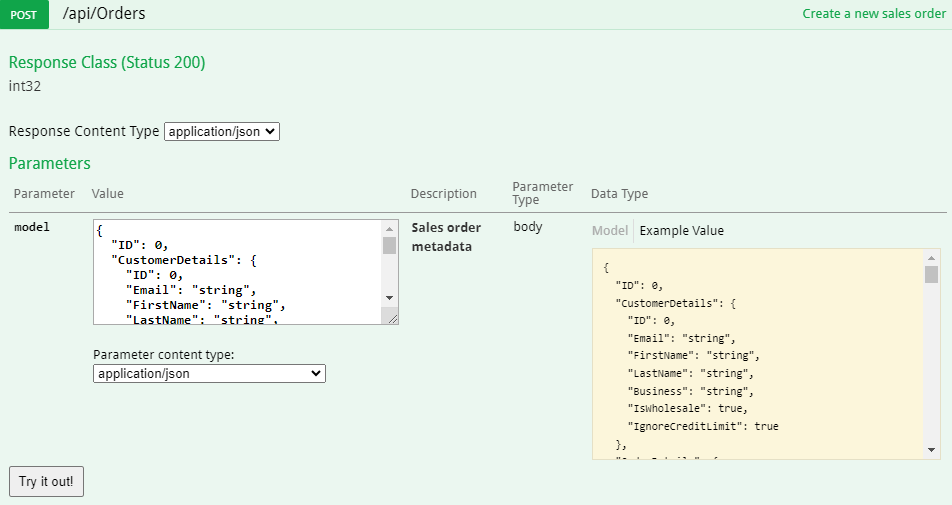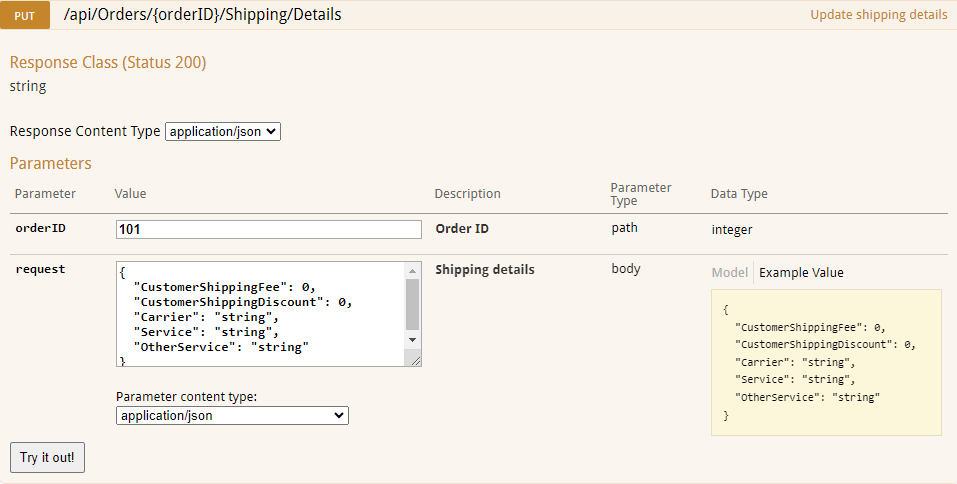We have added three new endpoints to our Rest API:
- Update PO Invoice Invoice Number – consume this endpoint to update the Invoice ID and Invoice Date of an existing Purchase Order.
- Update Walmart Marketplace Product Attributes – you have the option to GET a template and then use it to POST Product Attributes for your Walmart Marketplace products.
